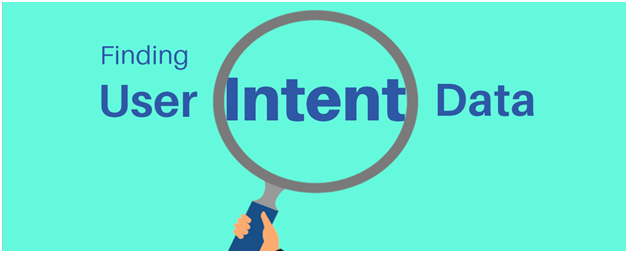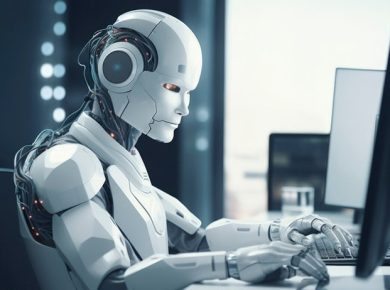Table of Contents
Imagine you’re looking for a new recipe for tonight’s dinner. When you type in “quick chicken recipes” into Google, you’re expecting to find easy-to-make chicken dishes, not just any random chicken recipes. This expectation is known as user intent, and it’s revolutionizing how marketers create and optimize content. By understanding and catering to user intent, you can dramatically improve the effectiveness of your content marketing efforts.

Understanding User Intent
User intent is the underlying reason behind a user’s search query. It’s about understanding what users are looking for when they enter a particular keyword into a search engine. User intent can generally be categorized into three types:
- Informational Intent: The user is looking for information or answers to questions. Example: “How to train a puppy.”
- Navigational Intent: The user wants to go to a specific website or page. Example: “Facebook login.”
- Transactional Intent: The user is ready to make a purchase or complete a transaction. Example: “Buy running shoes online.”
User intent is the new king of content marketing, dictating how we create, optimize, and distribute content.
Why User Intent Matters
By aligning your content with user intent, you can:
- Increase Engagement: Content that meets user expectations is more likely to engage readers.
- Improve SEO Rankings: Search engines prioritize content that best matches user intent.
- Boost Conversion Rates: Satisfying user intent can lead to higher conversion rates, as users find exactly what they need.
Strategies to Cater to User Intent
Keyword Research and Analysis
- Identify Intent Behind Keywords: Use tools like Google’s Keyword Planner, Ahrefs, or SEMrush to understand the intent behind keywords. Look at the SERP results for clues.
- Long-Tail Keywords: Focus on long-tail keywords that are more specific and closely aligned with user intent. They often have lower competition and higher conversion potential.
Create Content for Different Stages of the Buyer’s Journey
- Top of the Funnel (TOFU): Create informational content to attract users with informational intent. Examples include blog posts, how-to guides, and educational videos.
- Middle of the Funnel (MOFU): Develop content that addresses navigational intent. Examples include case studies, product comparisons, and detailed guides.
- Bottom of the Funnel (BOFU): Focus on content that targets transactional intent. Examples include product pages, customer testimonials, and special offers.
Optimize Content for Search Intent
- Clear Headlines and Summaries: Ensure your headlines and meta descriptions accurately reflect the content and match the user’s search intent.
- Answer Questions Directly: Provide clear and direct answers to common questions. Use structured data to help search engines understand your content.
Utilize Analytics to Understand User Behavior
- Analyze Search Queries: Use Google Analytics and Google Search Console to analyze the search queries that bring users to your site. Adjust your content strategy based on these insights.
- Monitor Engagement Metrics: Track metrics like bounce rate, time on page, and click-through rate to understand how well your content meets user intent.
Create Content Clusters
- Topic Clusters: Develop a pillar page on a broad topic and create cluster content around specific subtopics. This approach helps address various aspects of user intent comprehensively.
- Internal Linking: Use internal linking to guide users through related content, helping them find exactly what they need.
Use Multimedia Content
- Videos and Infographics: Incorporate videos, infographics, and other multimedia elements to cater to different learning styles and enhance user engagement.
- Interactive Content: Develop interactive content like quizzes, calculators, and polls to engage users and fulfill their informational or transactional intent.

Conclusion
User intent is the new king of content marketing, dictating how we create, optimize, and distribute content. By understanding and catering to user intent, you can create more relevant, engaging, and effective content that not only attracts visitors but also converts them into loyal customers. Focus on delivering value that aligns with what your audience is truly seeking, and watch your content marketing efforts soar to new heights. So, dive deep into understanding user intent and let it guide your strategy for maximum impact.









